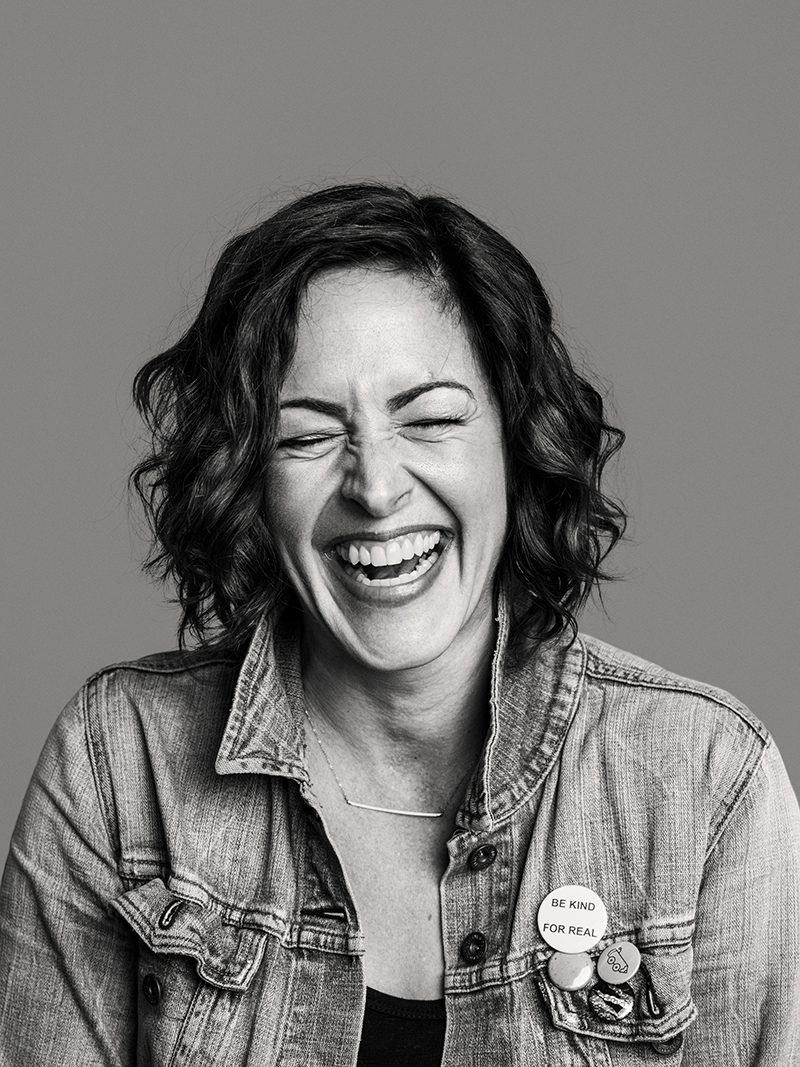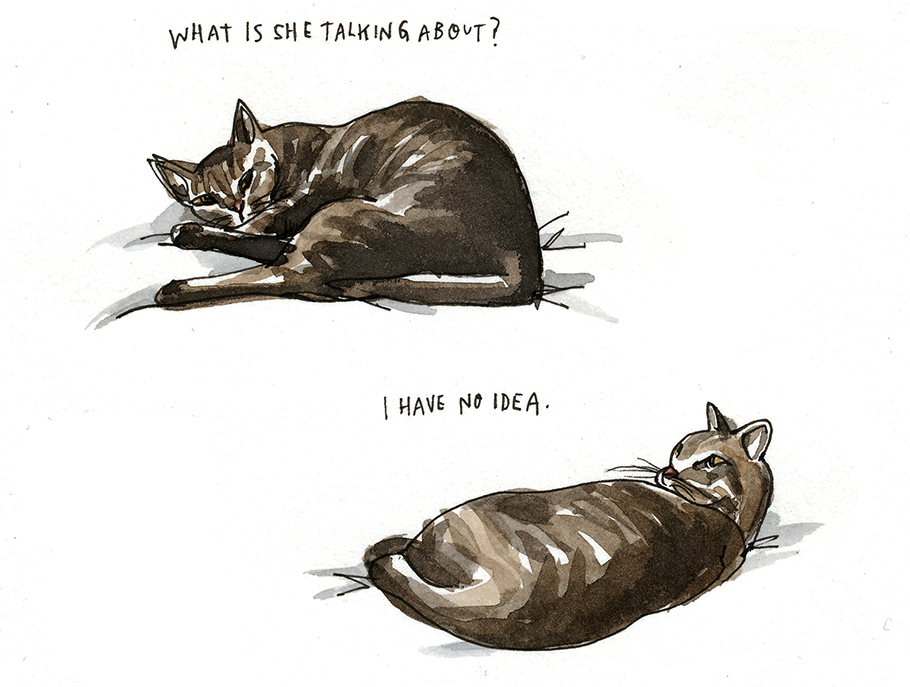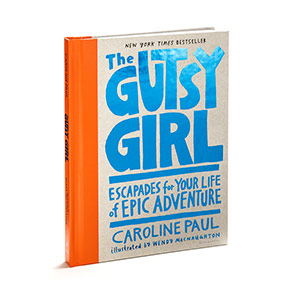This graphic journalist doesn’t deal with war torn countries. Wendy MacNaughton finds inspiration closer to home, in her own city - San Francisco, America. She believes everyone has a story to tell and they’re eager to share it with her. Wendy creates illustrated documentaries. We talked to her about how she spends time with people to draw and interview them, then puts their words and pictures together to tell a story.

Ms Wendy MacNaughton
A. Drawing adds a whole new layer of storytelling. Add words with pictures, and you don’t just get words and pictures, you get a third thing - this cool world or moment or idea that goes directly into the eyes and brain of the reader and connects with their head and sparks their imagination.
A. Both! I prefer to draw from life because when I do, I’m not just drawing what I see in front of me, but how it feels. I’m trying to capture the feeling of a moment. Also, it makes me work fast and be loose - no way to be a perfectionist.
Finally, it says to the viewer, I was here. I saw this. From a reporting perspective, it creates a very different type of story than if I draw away from the subject, from the comfort of my own studio.

Wendy draws New Yorkers as she sees them and lets them speak for themselves.
A. My family has been in San Francisco for five generations but there was still so much about it I didn’t (and still don’t) know.
I wanted to learn about the San Francisco you don’t read about in guide books. So I started hanging out with my sketchbook and talking to people.
I followed my curiosity. There is always so much more to learn about a place. So many different stories, histories, and perspectives to see and hear.
A. A little, but not too much. I assume the reader has as little knowledge as I do, and since I work with my subjects' own words, I like them to share context and background with me so I can share that with the reader.
Often I have to research AFTER to make sure what I include in a story is accurate. That’s called fact checking.
A. Both! A good interview should feel like a hang out. But sometimes I have to be more formal. It depends on the situation.

Wendy loves drawing cats. Detail from Wendy's book 'Lost Cat, A True Story of Love, Desperation and GPS'.
A. So many. I can’t choose. But I do love hanging out with older folks. Every single senior everywhere in the world has so much to share - so many great stories. I always learn something.
A. I studied social work and art. When I started drawing stories, I didn’t want to put words in people’s mouth - I wanted to give them a voice. By putting the ethics of social work together with the practice of drawing and storytelling, I ended up with Graphic Journalism. But I didn’t know I wanted to do that. I just wanted to tell meaningful, respectful human stories.

Detail of one of Wendy's portraits of the people she meets
A. Not really - most of what I do is drawn from life in one way or another. Even all the charts and diagrams and stuff that I do. But I think it’s really important for all of us - kids especially - to draw from imagination. It teaches us to dream up a new world.
If we are going to make this world a better place, the first step it to imagine what that could look like. When I teach kids in my DrawTogether class, we talk about that - first we draw the world we want to see, then we make it come to life.
One exception! The Gutsy Girl is a book I did with my wife, the author Caroline Paul, and it was about her adventures in the outdoors. The book inspires kids, especially girls, to be brave and take risks. Much of that was drawn from my imagination, with some reference material for support. That was a special project in every way.


This interview first appeared on Plucky, the paper for inquisitive kids